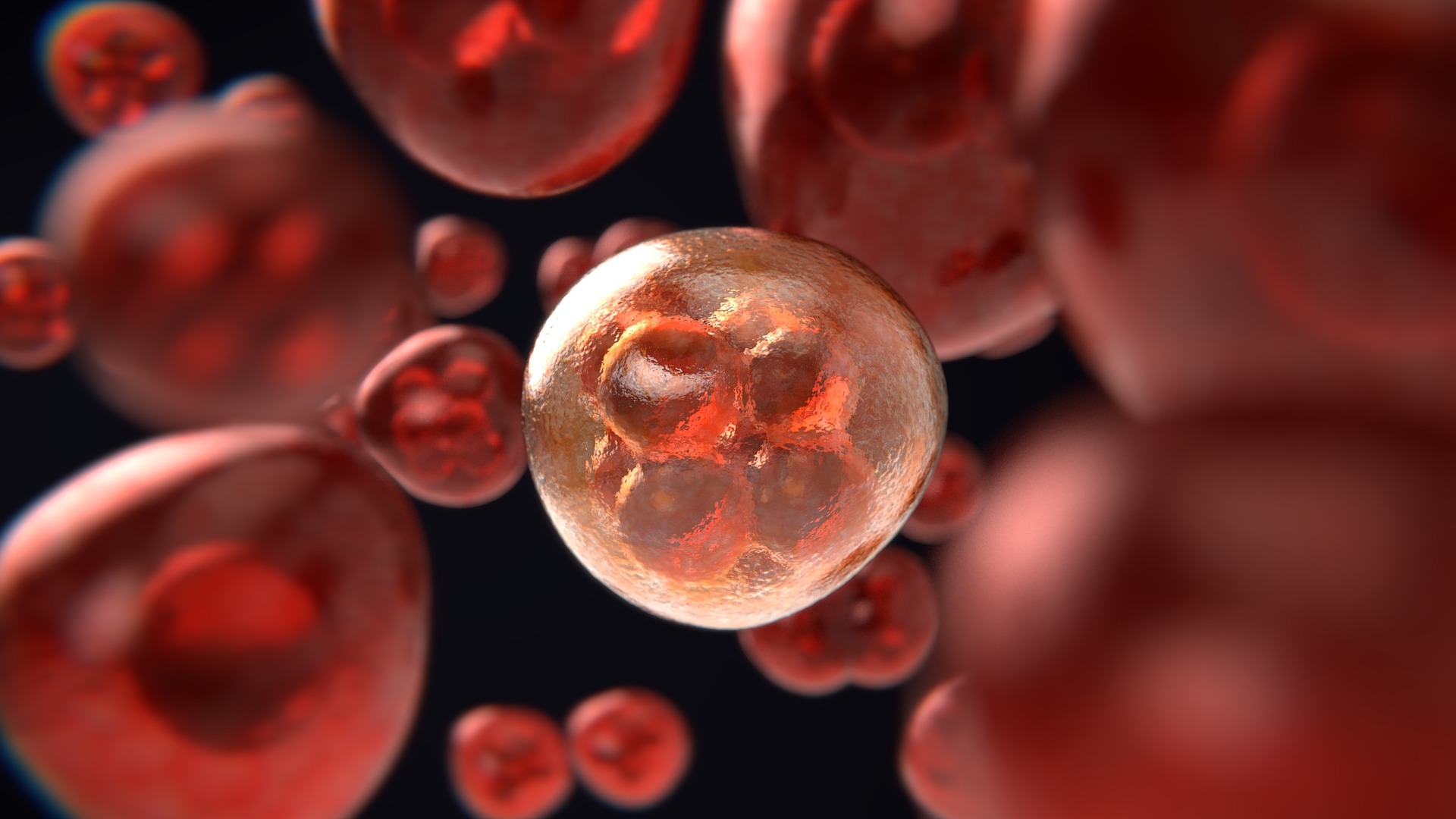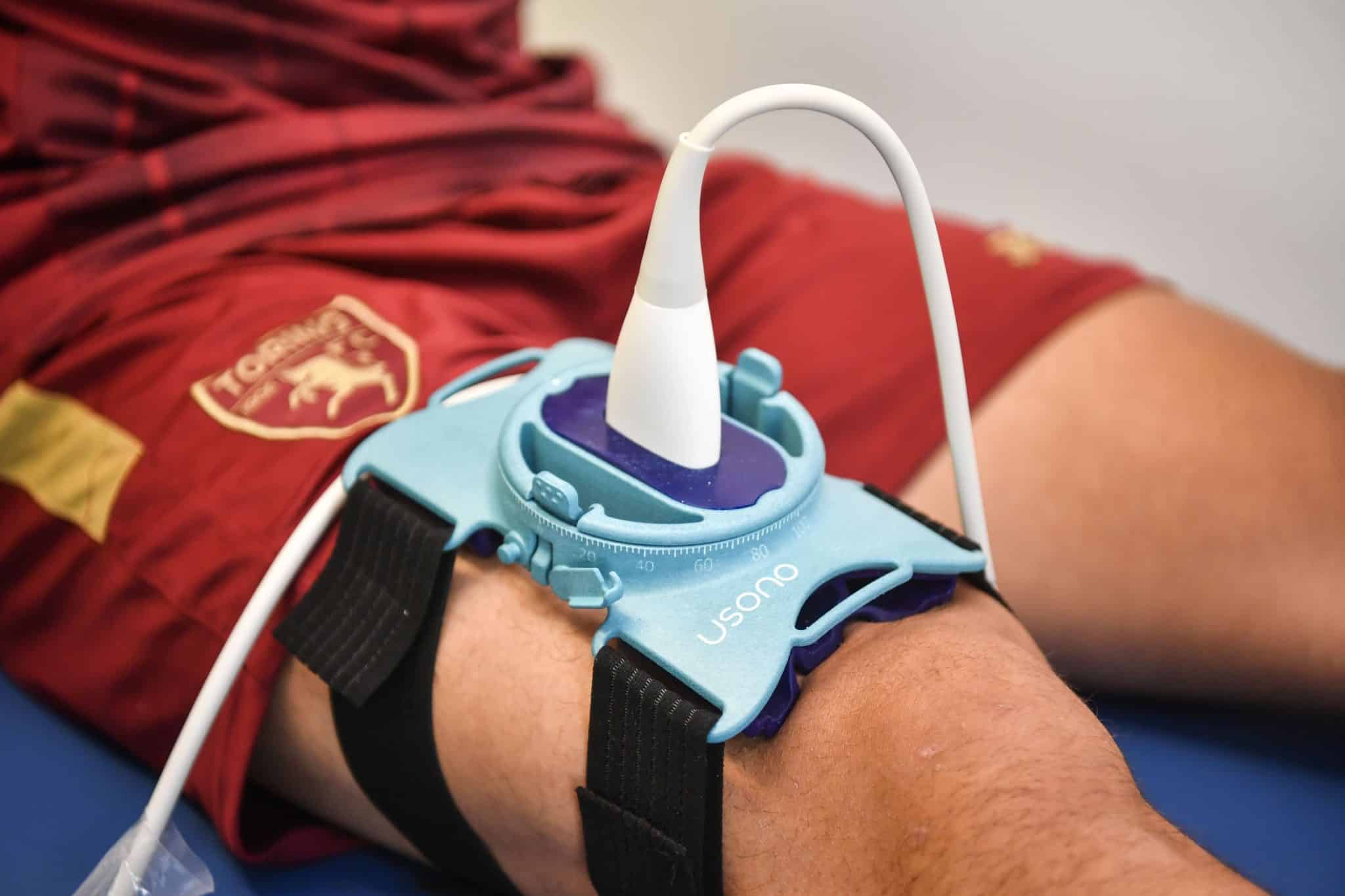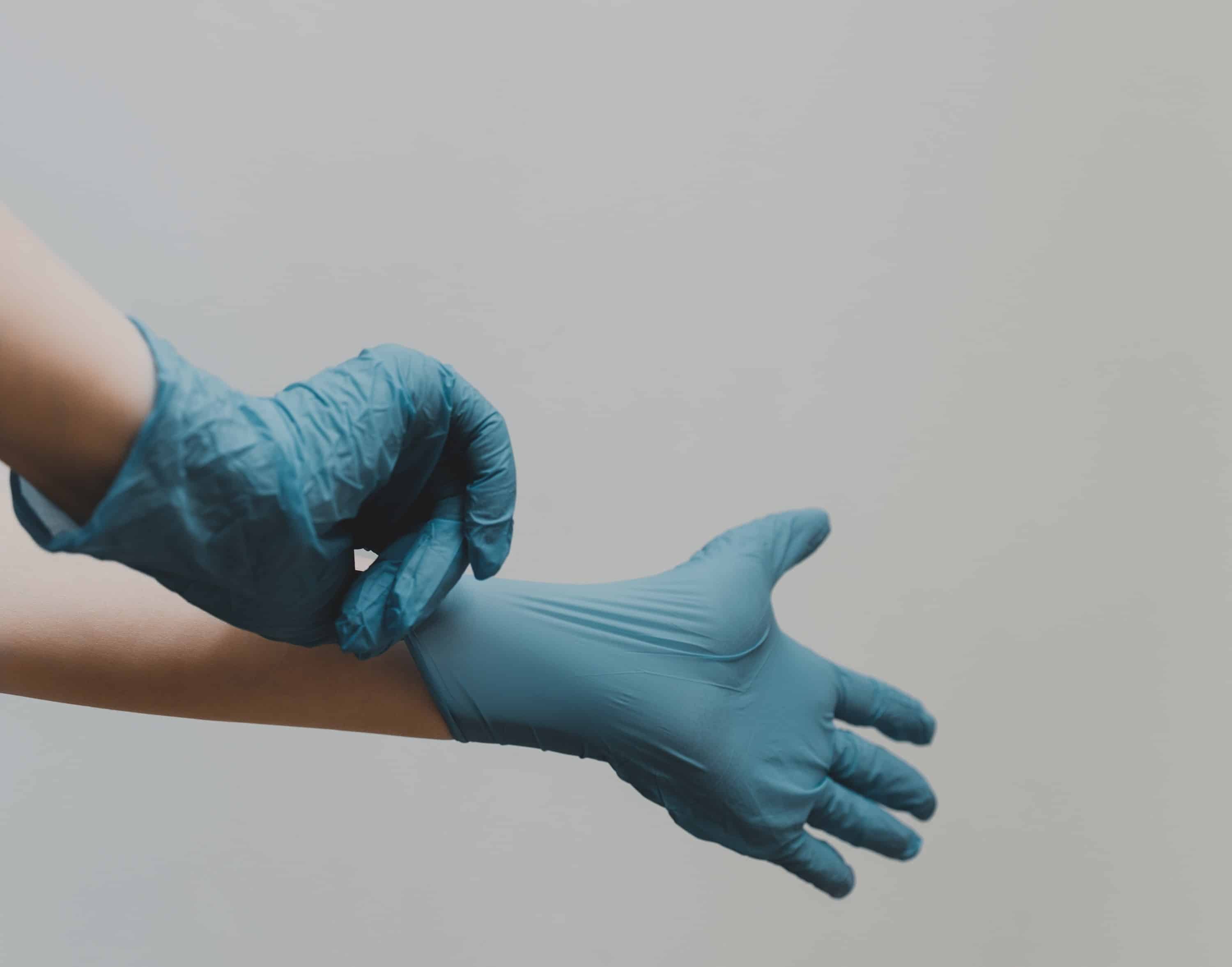
A study by Politecnico di Torino (Polytechnic University of Turin, Italy) made the headlines of the November issue of the Journal of Medicinal Chemistry. Professor Marco A. Deriu is leading the project, which also includes Lorenzo Pallante, Eric Adriano Zizzi and Marcello Miceli – three PhD candidates working at Politecnico’s Polito BIOMed Lab and at the university’s department of Mechanic and Aerospace Engineering.
“Noncovalent Interactions with PAMAM and PPI Dendrimers Promote the Cellular Uptake and Photodynamic Activity of Rose Bengal: The Role of the Dendrimer Structure” is the name of the article that details the project, an international collaboration with the Biophysics department of the University of Lodz in Poland. The research was coordinated by Professor Barbara Klajnert-Maculewicz and concerns a combined study – in vitro and silicon – on the use of dendrimers – highly-ramified nanoparticles – as Rose Bengal carriers. Rose Bengal is a compound that, when reacting to visible light, generates a reactive type of oxygen harmful to cells, especially to tumoral ones. The Politecnico di Torino wrote in a press release that this principle forms the backbone of photodynamic therapy. And that this property of Rose Bengal is used to kill the cells of some cancers, such as skin cancers.
“We are proud,” explains Deriu, “to have had the chance to contribute to this study that has been coordinated by Professor Klajnert-Maculewicz’s group, also thanks to our skills in simulating molecular systems. Understanding how nanoparticles interact with potential treatments such as Rose Bengal – on the level of a single atom – is an important step towards the clinical application of this technology, of which the development process is still ongoing.”
Dendrimers constitute a polymeric nanoformulation that is highly controlled and versatile. In fact, dendrimers are capable of encapsulating several medications, improving and optimizing their transportation and their release inside the body.
The research has shown how these nanoparticles, working as tiny magnets for the medications, can anchor Rose Bengal’s molecules and improve their ability to produce reactive oxygen. Furthermore, transporting Rose Bengal via dendrimers can increase their effectiveness, reducing the degradation inside the body, and can lead to a selective accumulation of the molecule in the areas affected by the specific cancer.
“Using dendrimers as Rose Bengal transporters,” Deriu concludes, “turned out to be a promising approach in overcoming limitations related to its clinical application for use in anti-cancer photodynamic therapy. Such as its poor water solubility, which makes it hard to transport. This study paves the way towards new possibilities in the future therapeutic approaches that take advantage of this application, which is subject to constant research. We are aware of photodynamic therapy’s potential that is aided by nanoparticles and are happy to be able to offer our knowledge in biomolecular simulations to improve how these solutions are understood and developed further.”
Also interesting: Advanced membranes enable precise separation of nanoparticles
Selected for you!
Innovation Origins is the European platform for innovation news. In addition to the many reports from our own editors in 15 European countries, we select the most important press releases from reliable sources. This way you can stay up to date on what is happening in the world of innovation. Are you or do you know an organization that should not be missing from our list of selected sources? Then report to our editorial team.






